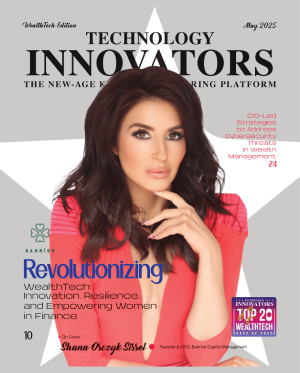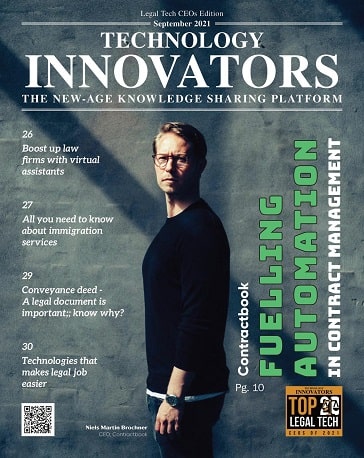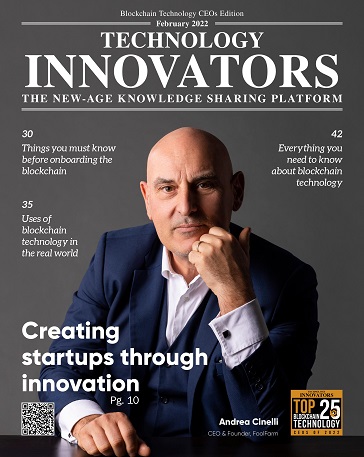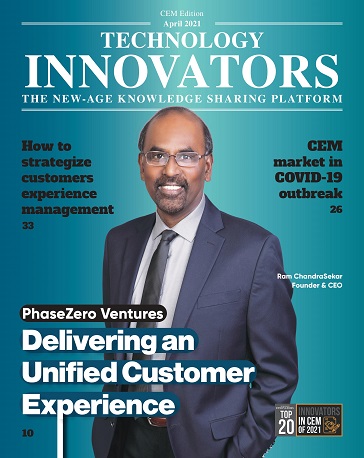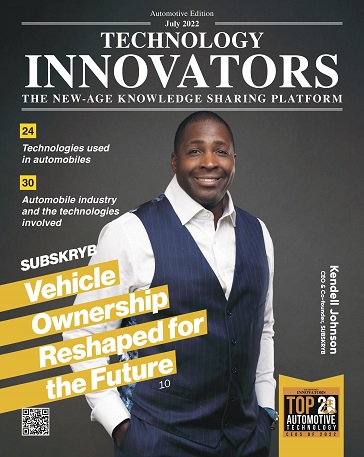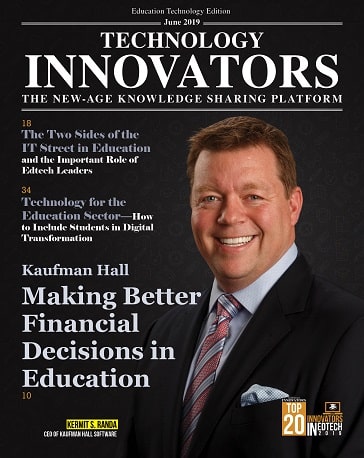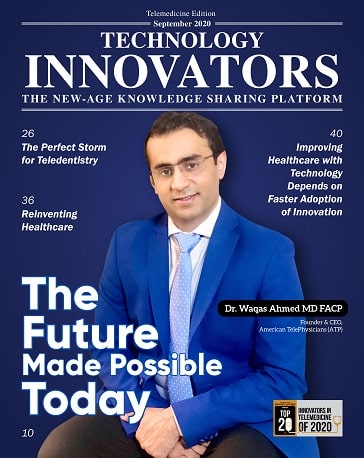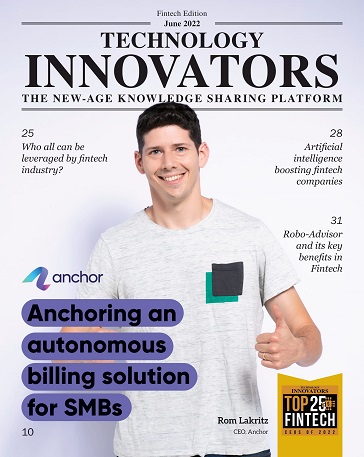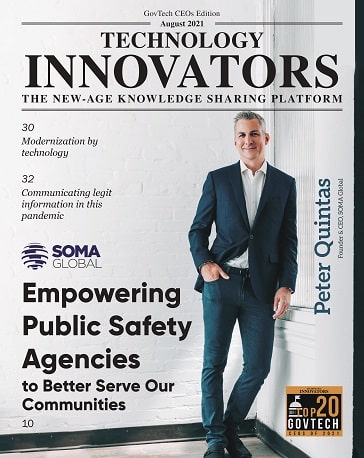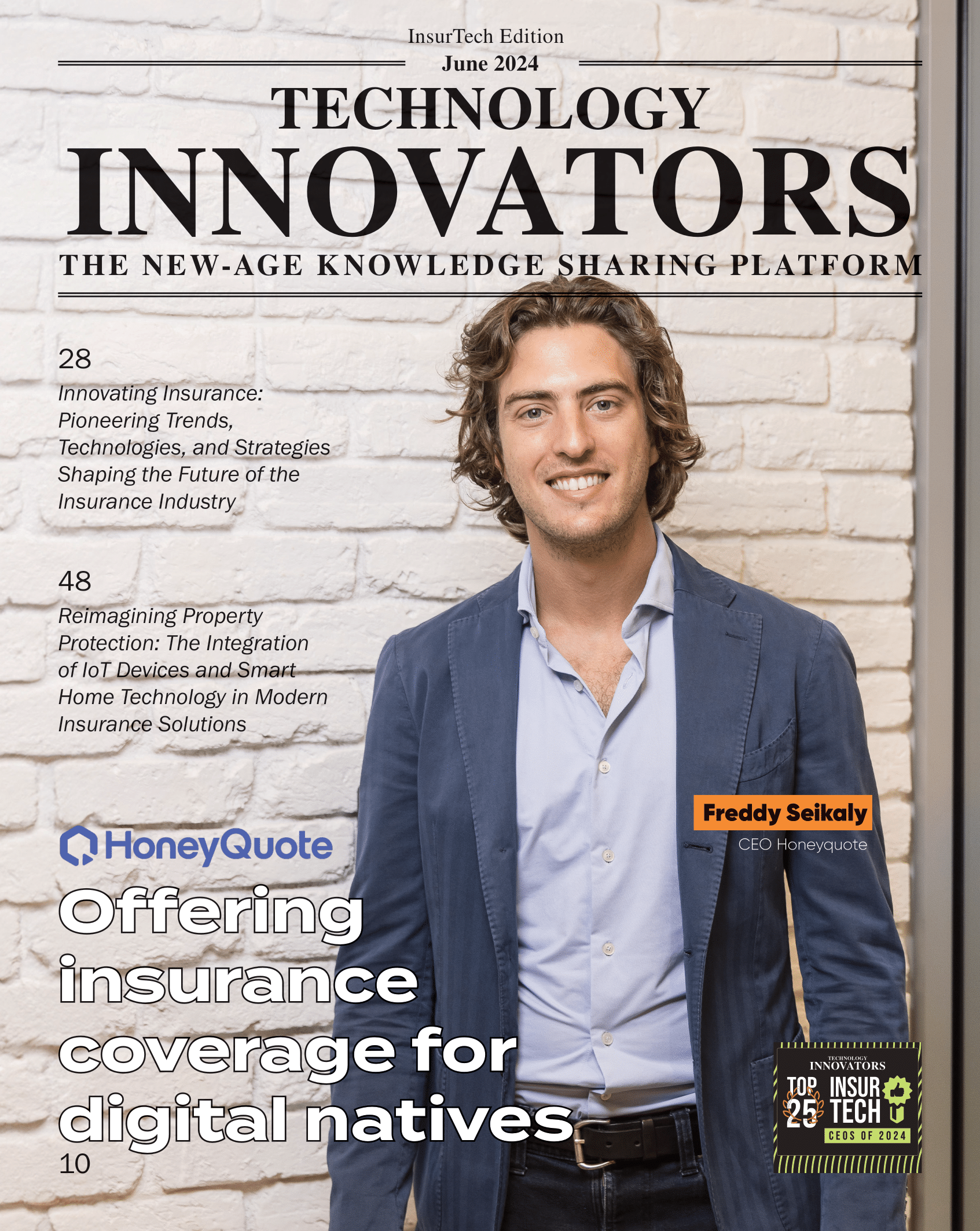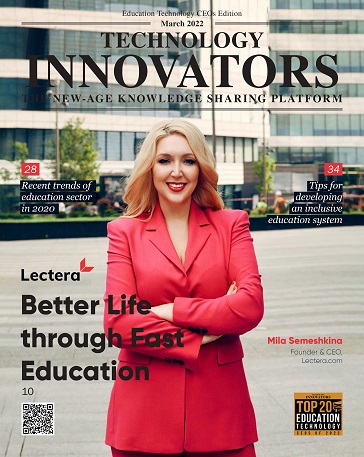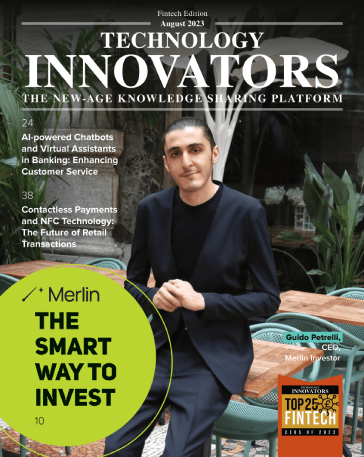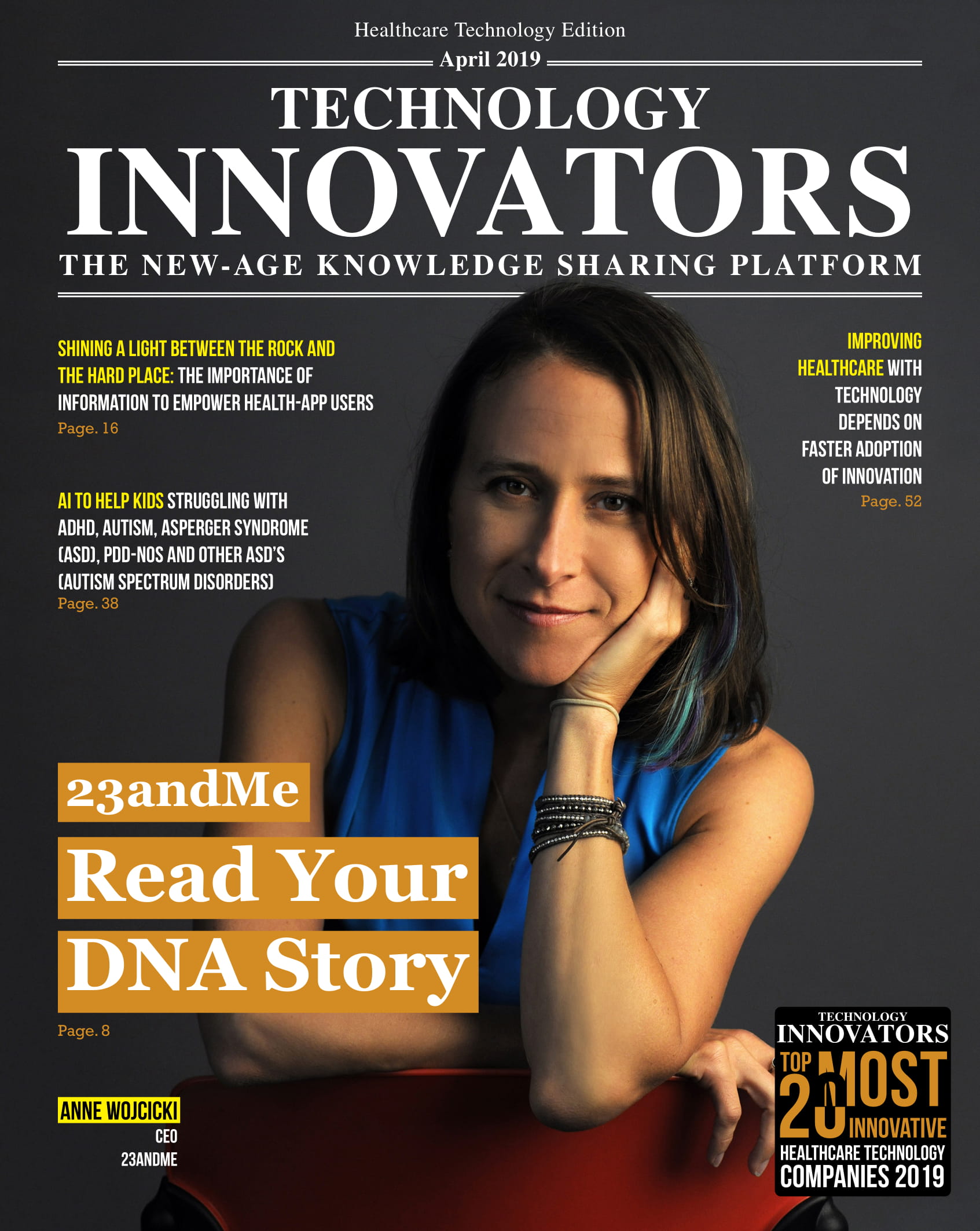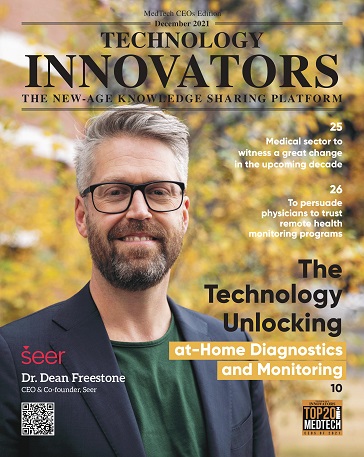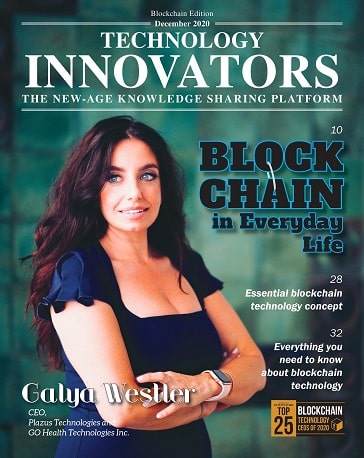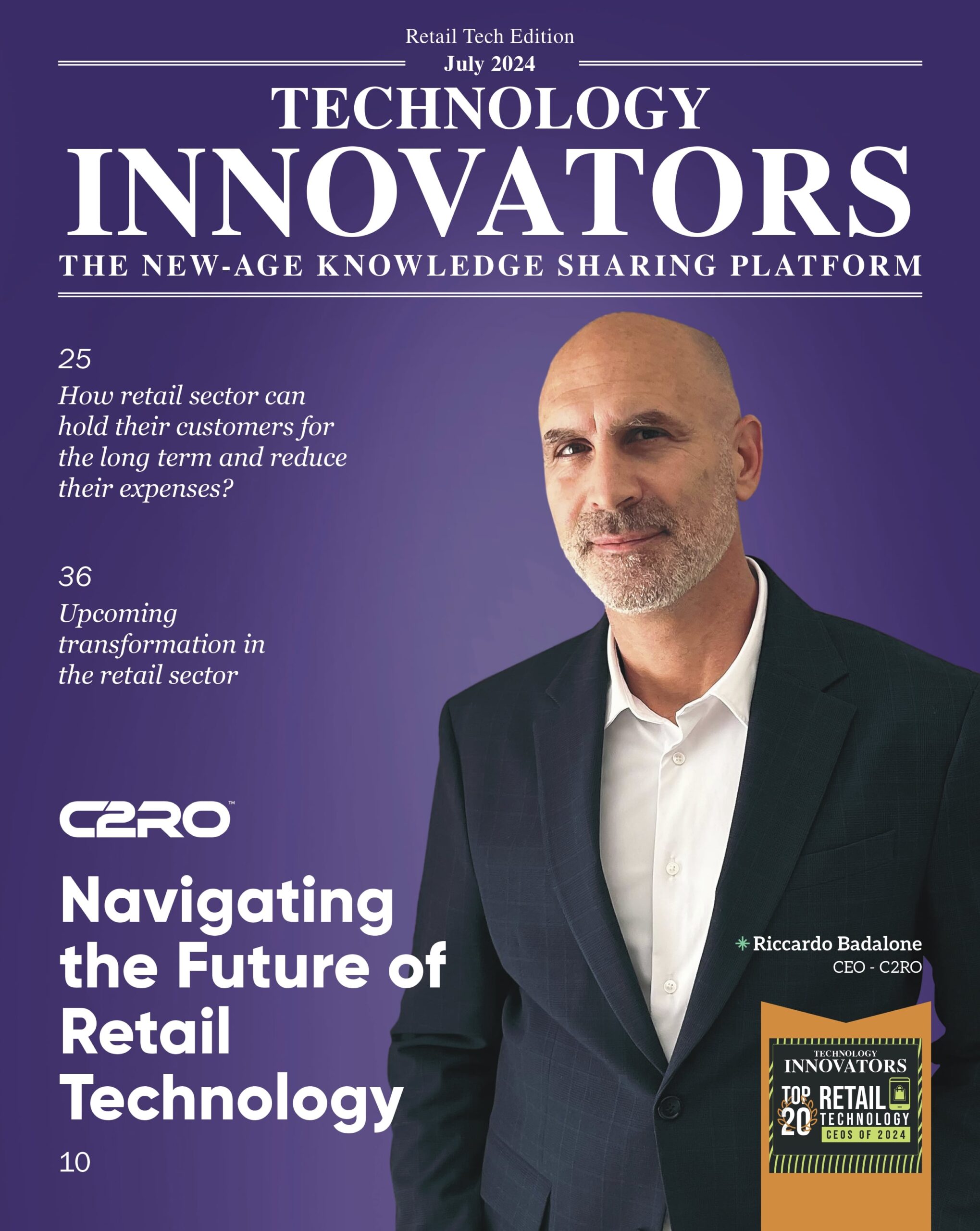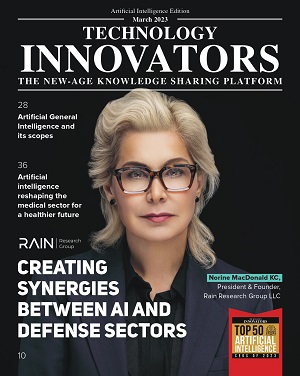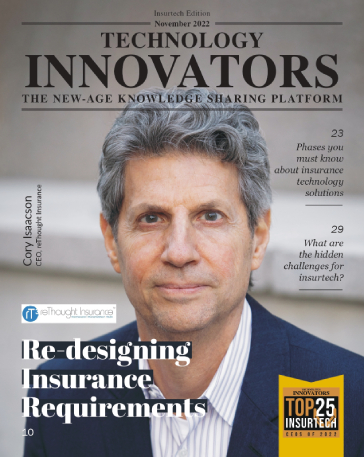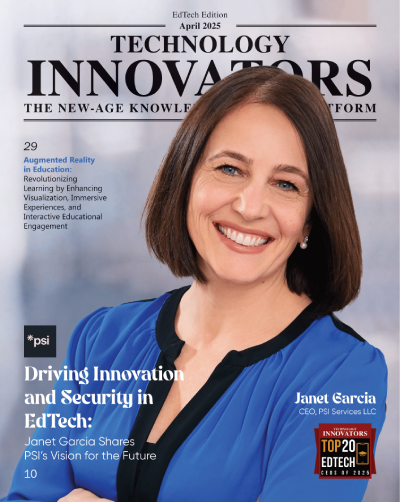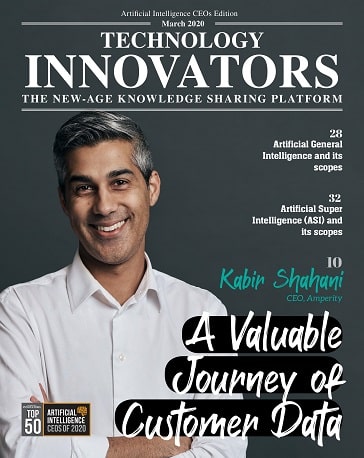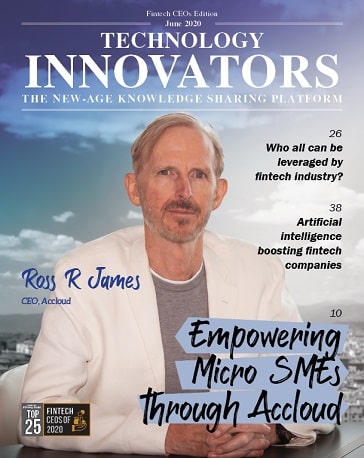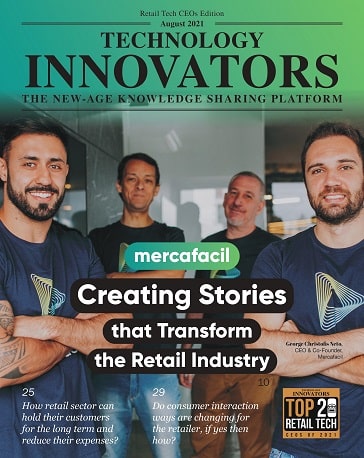Must-Subscribe Tech Magazines for Innovators
Strategic Insights For Innovators
Unlock your potential with strategic insights for tech innovators. Explore expert tips and resources designed to elevate your innovation game.
Influential Tech Publications for Industry Insights
Strategic Insights for Innovators: Navigating the Future of Technology
Innovation drives progress, and in a rapidly evolving technological landscape, staying ahead requires more than creativity—it demands strategic vision. Innovators in technology face unique challenges, from navigating disruptive trends to scaling impactful solutions. By adopting strategic insights, they can transform ideas into reality and lead the next wave of global change.
This article highlights critical strategies that technology innovators can use to thrive in an era of constant transformation.
1. Embrace Agility and Adaptability
In a fast-paced industry, flexibility is a cornerstone of success. Innovators must remain agile, ready to pivot strategies as market conditions and technological advancements shift.
Key Actions:
- Iterative Development: Implement agile methodologies to refine products continuously.
- Trend Monitoring: Stay informed about emerging technologies and market trends.
- Scenario Planning: Prepare for multiple futures by identifying potential challenges and opportunities.
Example:
Spotify’s agile approach to product development allows the company to introduce new features rapidly, responding to user feedback and market changes.
2. Leverage Data-Driven Decision Making
Data is a powerful resource for innovators, offering actionable insights to guide decisions and optimize outcomes.
Best Practices:
- Analytics Integration: Embed analytics into all aspects of operations, from R&D to marketing.
- AI and Machine Learning: Use advanced algorithms to uncover patterns and predict trends.
- Customer Insights: Analyze user behavior to design tailored solutions.
Example:
Amazon’s use of data analytics powers its recommendation engine, driving customer engagement and sales growth.
3. Build Collaborative Ecosystems
Innovation thrives in environments where knowledge and resources are shared. Collaboration fosters creativity and accelerates the development of breakthrough technologies.
Strategies:
- Partnerships: Form alliances with academic institutions, startups, and industry leaders.
- Open Innovation: Invite external contributions to internal projects through hackathons or open-source initiatives.
- Cross-Disciplinary Teams: Bring together experts from diverse fields to tackle complex challenges.
Example:
Tesla’s open patents initiative encourages other companies to adopt electric vehicle technology, promoting industry-wide progress.
4. Invest in Talent Development
Behind every innovation is a skilled and motivated team. Investing in talent ensures that innovators have the expertise to execute their vision.
Approaches:
- Continuous Learning: Provide opportunities for employees to upskill and adapt to new technologies.
- Diverse Hiring: Recruit talent from varied backgrounds to foster creativity and inclusivity.
- Mentorship Programs: Pair experienced professionals with emerging talent to share knowledge and insights.
Example:
Google’s focus on employee development includes initiatives like internal training programs and innovation labs.
5. Focus on Scalability and Sustainability
Innovators must design solutions that can scale efficiently while considering environmental and social impacts.
Considerations:
- Modular Designs: Create flexible systems that can be expanded or customized.
- Sustainable Practices: Minimize resource consumption and reduce waste.
- Global Impact: Address issues like digital inclusion and climate change through technology.
Example:
Microsoft’s commitment to sustainability includes achieving carbon negativity and investing in renewable energy projects.
6. Harness Emerging Technologies
Keeping an eye on the horizon ensures that innovators remain competitive and prepared for future disruptions.
Key Areas:
- Quantum Computing: Explore applications in cryptography, optimization, and AI.
- Blockchain: Develop secure, transparent systems for finance, supply chains, and identity management.
- 5G and Beyond: Unlock new possibilities in IoT, AR/VR, and autonomous systems.
Example:
Startups leveraging 5G networks are driving advancements in smart cities and connected healthcare solutions.
7. Prioritize User-Centric Design
Innovators must place users at the center of their strategy, ensuring that solutions meet real-world needs.
Best Practices:
- Human-Centered Design: Engage users in the development process to create intuitive solutions.
- Accessibility: Design products that are inclusive and usable for diverse populations.
- Feedback Loops: Continuously gather and act on user feedback.
Example:
Apple’s focus on user experience has made its products iconic for their simplicity and ease of use.
8. Navigate Regulatory and Ethical Challenges
As technology evolves, so do legal and ethical considerations. Innovators must proactively address these challenges to build trust and ensure compliance.
Guidelines:
- Ethical AI: Develop algorithms that avoid bias and respect privacy.
- Regulatory Awareness: Stay updated on laws governing data, AI, and emerging technologies.
- Transparency: Communicate openly about how technologies are developed and used.
Example:
IBM’s AI Ethics Board ensures that its AI technologies adhere to principles of fairness and accountability.
9. Cultivate a Visionary Leadership Culture
Strong leadership is essential for guiding innovation and inspiring teams to achieve ambitious goals.
Leadership Traits:
- Visionary Thinking: Set clear, long-term goals that align with market needs.
- Resilience: Overcome setbacks and adapt to changing circumstances.
- Empowerment: Foster a culture where employees are encouraged to experiment and take risks.
Example:
Elon Musk’s leadership at SpaceX and Tesla exemplifies bold, visionary decision-making that has disrupted multiple industries.
10. Measure Impact and Iterate
Success in innovation is not just about launch; it’s about sustained growth and continuous improvement.
Key Metrics:
- Performance Indicators: Track key metrics such as user adoption, ROI, and market penetration.
- Feedback Analysis: Use data from stakeholders to identify areas for improvement.
- Iterative Updates: Regularly refine solutions based on real-world performance.
Example:
Slack’s iterative approach to product development has enabled it to evolve as a leading collaboration platform.
Conclusion: Strategies for Sustainable Success
Innovators in technology have the potential to transform the world, but success requires more than groundbreaking ideas. By adopting strategic insights—from embracing agility and collaboration to prioritizing sustainability and ethics—they can navigate the complexities of the modern technological landscape effectively.
The journey of innovation is one of constant learning, adaptation, and reinvention. For those who rise to the challenge, the rewards are not only measured in success but also in the lasting impact they create for society and the planet.
Discover strategic insights tailored for technology innovators. Stay ahead of the curve with expert advice and resources to fuel your innovation journey.
Join the Global Movement! Subscribe to Technology Innovators Magazine today and be part of the conversation that’s shaping the future of technology across the globe.
Contact us
Want to get in touch? We make it our priority to respond to every request within 24h.


